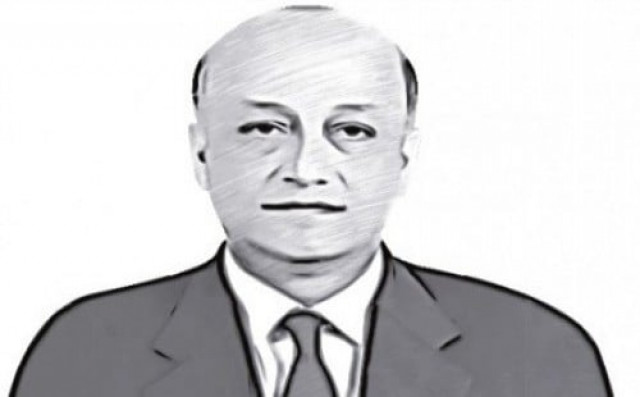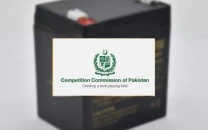There will be about a 4b litres milk shortage in the next couple of years

There will be about a 4b litres milk shortage in the next couple of years
On loadshedding
When we started four years back, the problem of power outages was not as severe as what we see today. There was nothing (like) what is happening now. But, we are not alone. All are suffering.
Engro Foods launched O’more – a brand of ice cream - a year ago. The ice cream industry needs an uninterrupted power supply unlike the milk industry where it’s possible to manage with a fluctuating power supply. Rahman says that in this new business “there is no shortcut. This will remain until our country comes out of (the) power crisis. Because of this, we are now looking at our own projects in the field of alternative energy which can be expensive but which will provide clean power.”
Still, he says that the problem is not insurmountable. “We have taken some measures and gotten positive results. I was in Islamabad recently, where I saw some 90 per cent of our ice cream in good condition. Shopkeepers do not sell ice cream during power cuts so the ice cream remains frozen even during power outages,” he explained.
On Marketing
Olpers hit the socio economic class of A and B, and Tarang (their latest brand launch) will hit the B, C and D class. It’s not an urban or rural divide but dependent on the spending capacity of our customers. Tarang was not especially targeted at rural areas, but its prices are some 13 to 14 per cent lower than the more upmarket Olpers.
Right now, the combined sales of Olpers and Tarang is almost equal to that held by the industry leader in this sector, Nestle.
On Success
We were consistent. We did our research and we knew the consumer insights and needs. And, finally we pitched it with emotional advertising. The ads were good, the quality was good and these two things worked for us.
On Advertising
Now, people take more interest in real life experiences rather than watching ads on TV. This is why door to door advertising of our packaged milk has been successful. Our employees go door to door and serve tea at doorsteps. On our O’more launch we set out 40 men on orange scooters wearing pink wigs. And, when people saw 40 men riding scooters together moving around cities at same time, they noticed.
On Sales
The total sales of our Tarang brand has already crossed the sales of Olper although Tarang was launched after Olpers. Reason? Because in Pakistan milk is consumed more in tea and Tarang is for tea.
On the future of the packaged milk industry
Presently, we consume some 17-20 billion litres of milk annually though we produce around 32 billion litres, of this 40 per cent is wasted because of a lack of processing facilities. Due to these losses production ends up at being par with consumption. Because of the shortage of milk will increase in the next couple of years to around 4 billion litres.
Despite among the top five milk producing countries, about 40 per cent of milk is wasted in Pakistan. The milk needs to be chilled in first three to four hours otherwise bacteria attacks and overcome the milk. Our demand is continuously increasing while supply is short, Rahman said.
When we started packaged milk business in 2006, we paid Rs15-16 per litre to farmers but now we collect milk at Rs36-37 per litre. And, this translates into the final price of packaged milk. The annual increase in retail milk prices is around 30 per cent.
The growth in the population of cows and buffalos is comparatively less than the population growth of Pakistan. Most of our families in rural areas have 2-4 cows or buffalos and they sell their milk. Because of this we cannot just increase milk production.
Instead, what we need is large farms to breed good quality buffalos. The packaged milk industry alone cannot swing around the situation. Some Australian buffalos give 35 litres of milk in contrast to our buffalos which average only 5 litres a day.”



















COMMENTS
Comments are moderated and generally will be posted if they are on-topic and not abusive.
For more information, please see our Comments FAQ